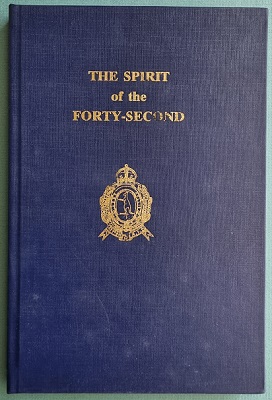Description
Title: The Fortieth – a Record of the Fortieth Battalion, A.I.F.
Author: Green, Frank Clifton
Condition: Mint
Edition: 3rd Edition
Publication Date: 2007
ISBN: 9781847347305
Cover: Soft Cover without Dust Jacket – 248 pages
Comments: The detailed history of the 40th Battalion AIF.
The history of the 40th Battalion – a unit of the Australian Imperial Force entirely raised in Tasmania. The 40th fought at Messines, Passchendaele, and the great offensives and counter-opffensives of 1918. An outstanding unit history. The 40th battalion of the Australian Imperial Force was a Tasmanian unit raised in March 1916, and which embarked for England as part of 10th Inf B&E, 3rd Australian Division. After three months training it landed in France in November of that year. During the following two years on the Western Front, the Bn. suffered 2,167 casualties (of which 448 were fatal).Two of its members (Sgts. L. McGree and P.C. Statton M.M.) won the VC.
The 40th was a more than usually close-knit battalion – all its members came from the intimate island community of Tasmania, and it retained the same commander, Lt.-Col. J.E.C. Lord, and many of the same officers throughout its time in the trenches. In his foreword, the C.in.C. of the A.I.F. Lt-General SIr John Monash, himself one of the more gifted of the Great War’s Generals, praises Lord as an officer: ‘To set him a task was to find it as good as done’ – and the men he commanded as ‘Disciplined, ready and efficient – a uniformally high level of performance untarnished by any failure or shortcoming…to know that an officer belonged to the Fortieth was always a guarantee of competence’.
The 40th was in the teeth of some of the severest fighting on the western front in the last two years of the war – taking part in the battles of Messines and Passchendaele ( 3rd Ypres) in 1917. In 1918 it was thrown in to plug the gaps torn in the line by the great German offensives in March and April, and took part in the battle of Amiens when the tide turned in the Allied favour in August.
The battalion took the town of Bray-sur-Somme single handed as the advance to the Hindenburg line developed, and its final action was the successful breaching of the line on September 29th . A better than average unit history written by Frank Green, the battalion adjutant, which is very scarce in its original 1922 printing.
Includes Nominal Roll





